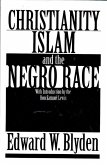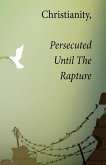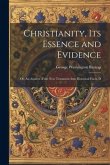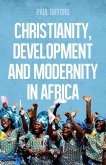"Geographic History" focuses primarily on a time period from 1002 to 1572, Volume 2 highlights Western ecclesial activities dividing them by their major European geographic locations. Because of Europe's linguistic dividing lines, most activities, writings, and movements were linguistically restricted and segmented. Considering these geographic and linguistic elements in ecclesial history adds an interesting dimension to doctrinal formation and reformation. Volume 2 expanded from a study of the 843 Martyrs listed in the Martyrology of Jean Crespin (Geneva, 1570). Crespin was John Calvin's primary Geneva publisher, having published 53 editions of books of Calvin from 1550-1572. Crespin, having witnessed the burning of Claude LePeintre in Paris, published a Martyrology (originally 8 volumes) that included detailed information about the martyrs, including their ministry, place of arrest, doctrinal stance, steadfastness in the face of death, and the date and location of their Martyrdom. Exrtensive contextual information is included, material from the Inquisition records published by Jean Duvernoy and the Theileman van Bracht's "Martyr's Mirror," and other historical sources. This 4-color work begins with the first known persons to have been burned alive for doctrinal reasons in Orleans, France (in 1002) and travels through Europe to the St. Bartholomew Massacre of 1572. Additional insights are gleaned from the work of numerous scholars, especially the late Medieval scholar, Jean Duvernoy. This text also travels from land to land following the monarchs' will to use capital force for religious purposes-as religious fires were both lit and extinguished from one country to the next across Europe.








